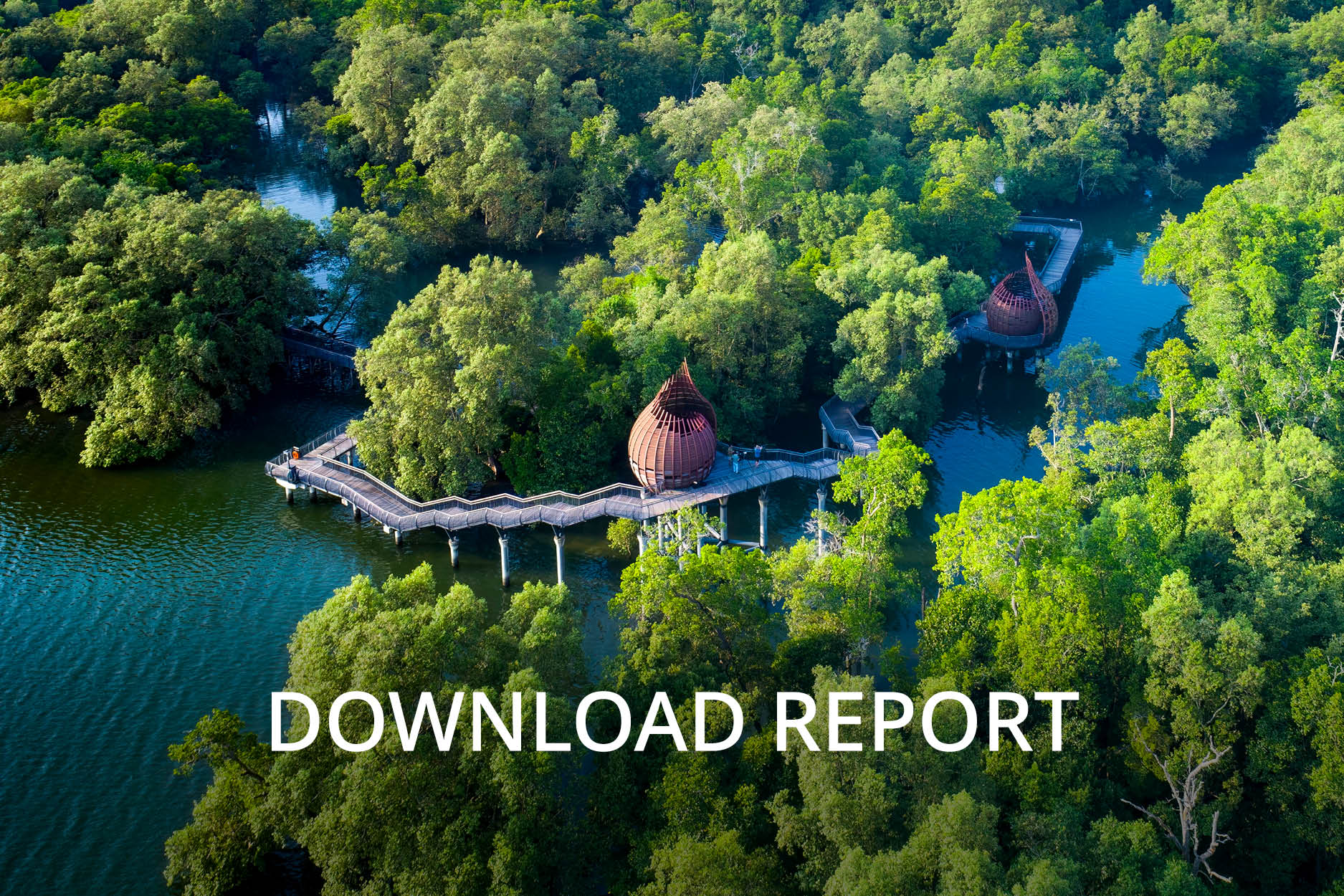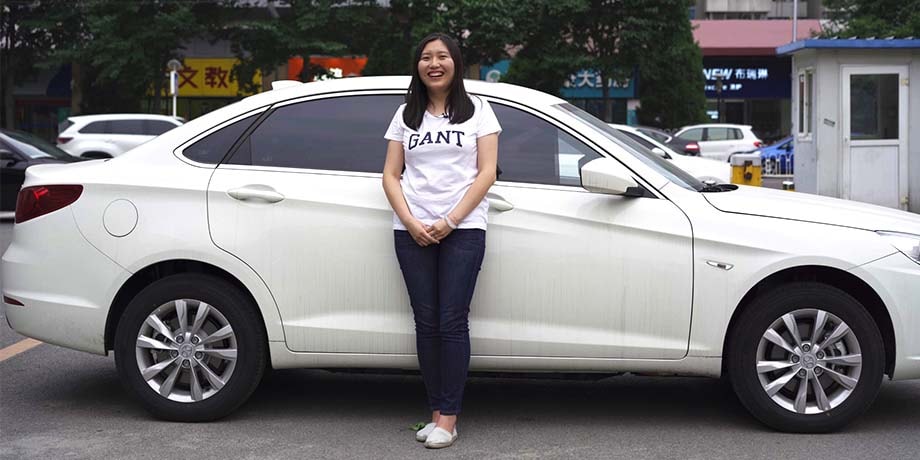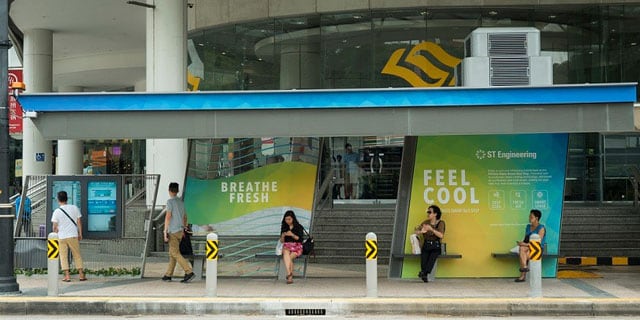Sustainable Aviation, Fresher Produce: 7 Ways Our Lives Could Change In The Future
Sustainable Aviation, Fresher Produce: 7 Ways Our Lives Could Change In The Future
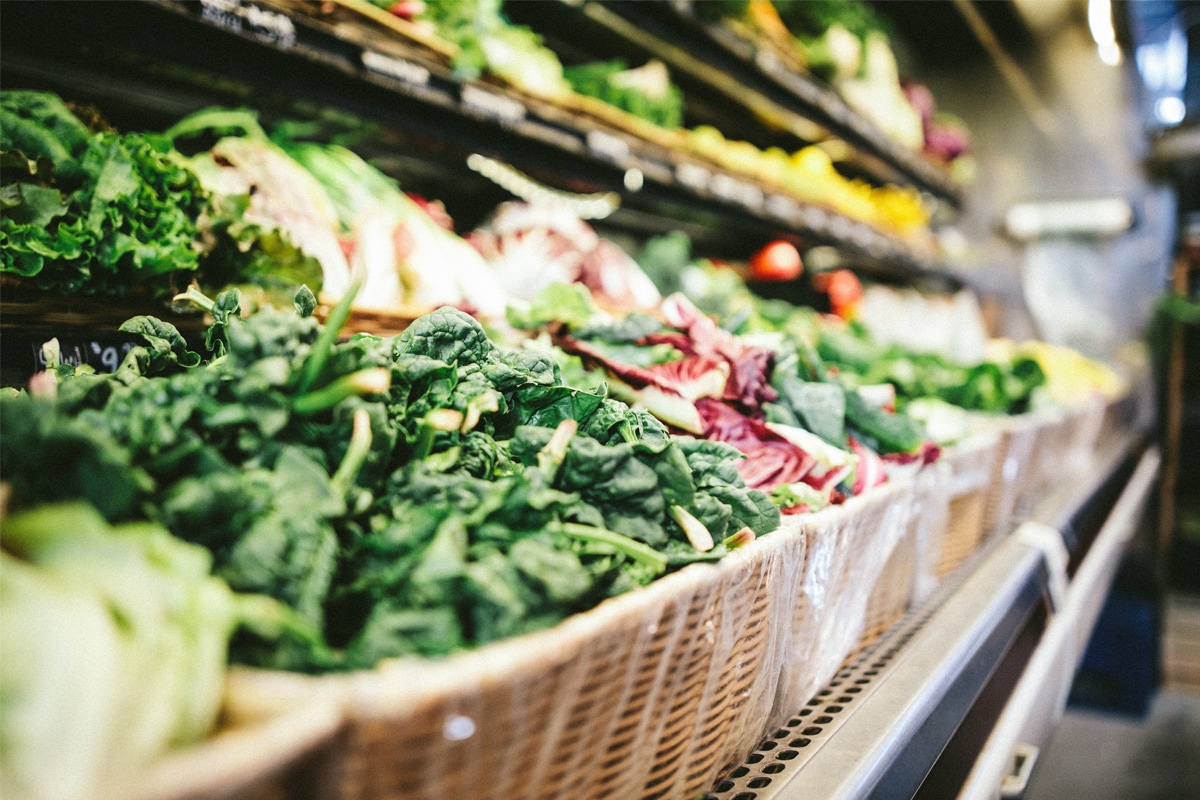
It’s morning in 2030. You’re home having breakfast – a plate of nasi lemak, with fried chicken wings cultivated from animal cells.
Your artificial intelligence-enabled voice assistant reads the news to you. Like the rest of your home, it is powered by batteries which store and supply green energy all year round.
You head out to your car, which is electric, perhaps even self-driving.
Far-fetched? Such sustainable scenarios, driven by transformational and innovative technologies, are already in the works. It will be critical if the world is to survive into the future. For the planet to sustain itself, it needs to achieve the global goal of net-zero carbon emissions by 2050.
“We are at a critical juncture where we can change the trajectory of our collective future,” says Dr Steve Howard, vice-chairman, sustainability, Temasek, who holds a doctorate in ecophysiology and environmental physics based on research in Kenya.
“This is why Temasek is committed to act with urgency to invest in the future we want.”
It is putting its money, know-how and influence to work. Over the past decade, the Singapore-headquartered global investment company says it has formed new teams to build deep in-house capabilities and future-centric skill sets, including sustainability.
Temasek has identified seven focus areas within the megatrend of sustainable living, where it can make a positive environmental and social difference while delivering long-term financial returns.
“We need an economy-wide transformation if we are to get to net zero and forge a more sustainable future,” says Dr Howard. “Change needs to happen across all sectors, including water, waste, food, energy, clean transportation, materials and built environment.
“Every single industry must get on the agenda.”
We need an economy-wide transformation if we are to get to net zero and forge a more sustainable future. Every single industry must get on the agenda.
Dr Steve Howard, Vice-chairman, Sustainability, Temasek
As a global private investment firm, the company is well-positioned to help solve such problems and shape the future. “Private capital has a catalytic role in accelerating sustainable solutions as it forges collaborations across borders, to create the mass needed to underpin large investments,” says Dr Howard.
Here are some of them.
Food
The problem: How we produce, process and package food contributes over one-third of global man-made greenhouse gas (GHG) emissions, revealed a 2021 study backed by the United Nations (UN).
“To provide space, food, and resources for a large world population in a way that is sustainable is without question one of the largest, serious challenges for our generation,” says Dr Howard.
The solution: More sustainable food sources. The world “needs to relook the agri-food chain to see how we can produce nutritious, fresh, affordable and environmentally friendly foods at scale to feed the growing community,” says Dr Howard. “In particular, we need to reduce meat consumption and adopt a more plant and alternative protein-based diet for our protein needs.”
Technology can help. Some solutions that Temasek is investing in to improve sustainability include an end-to-end agritech platform for fish and shrimp farmers, and a full-stack agri service platform for farmers.
Water
The problem: Water covers about 71 per cent of the Earth’s surface. Yet, only 0.5 per cent of the Earth’s water is available fresh water. And adverse climate change could further strain our water supply.
Already, about half the world’s population experience at least a month of severe water shortage every year, says the UN’s Intergovernmental Panel on Climate Change. This figure could increase with population growth and climate change.
The solution: Innovative water solutions. “We see a need to address the issue of water resilience, scarcity, pollution and toxicity through proper water treatment and management, to ensure that communities have access to a clean water supply,” says Dr Howard.
The company is actively investing in technology-enabled water solutions. Dr Howard cites micro-irrigation solutions as a way to improve efficiency and reduce water wastage for farmers.
Energy
The problem: Energy dominates carbon emissions. Countries are rapidly turning to renewable energy, as the world tries to wean itself off fossil fuels. Europe’s solar capacity, for example, grew by 24 per cent last year, according to UK-based energy think tank Ember.
“While we can – and must – accelerate the energy transition for electricity generation, we must also look at how we store and use renewable energy,” says Dr Howard.
The solution: What if we could harness even more renewable forms of energy and store them in hydrogen – one of the most abundant elements on Earth – beyond just batteries?
Temasek is keeping an eye on carbon emission reduction technologies covering green and blue hydrogen (green is the cleanest form made using renewables to separate hydrogen from water, while blue is considered low-carbon and made using natural gas), and other emerging sustainable fuels such as green ammonia and methanol.
Waste
The problem: The world produces a staggering 2.01 billion tonnes of waste a year – equivalent to the weight of over 140 million double-decker buses – according to latest World Bank figures.
This could increase to 3.4 billion tonnes by 2050 on the back of rapid urbanisation and population growth. “A robust waste management strategy and system is crucial to improve liveability and support decarbonisation,” says Dr Howard.
The solution: Novel technologies could help. For example, there are start-ups that have found a way to transform production scrap and end-of-life waste into new recycled carbon fibre materials, or even extend the shelf life of produce to prevent food waste.
Transport
The problem: Transport is a key contributor to climate change, accounting for about a quarter of all GHG emissions, according to UN figures. It’s also heavily reliant on fossil fuels, says the Paris-based International Energy Agency.
“To accelerate the transition to net zero,” says Dr Howard, “the world will have to expedite the shift to clean transportation means, such as autonomous electric vehicles and ride-sharing.”
The solution: We know that electric vehicles are better for the environment, but what about travelling by plane? In 2021, aviation accounted for 2.4 per cent of global carbon emissions despite pandemic disruptions to air travel, says the US-based International Council on Clean Transportation (ICCT).
Enter: Sustainable aviation fuels, which are cleaner and typically made from renewable sources such as used cooking oil and agricultural waste.
In partnership with Singapore Airlines and the Civil Aviation Authority of Singapore, Temasek launched a sustainable aviation fuels pilot programme last year to operationalise solutions to decarbonise hard-to-abate sectors like aviation. The programme is now managed through Temasek’s wholly-owned carbon solutions platform GenZero.
Materials
The problem: As the world continues to urbanise, more materials like cement – which holds concrete together – and steel will be needed to build infrastructure. But making these materials is an extremely carbon-intensive process.
What if we could use carbon dioxide as part of the process?
The solution: Novel carbon mineralisation technologies promise just that. Dr Howard shares that Temasek has invested in a company that can help reduce carbon emissions in the cement industry and aims to enable production of low-carbon cement at scale.
The carbon mineralisation process involves heating up limestone in the same way cement is now made, but recaptures it and binds it again with limestone to create an innovative, low-emissions cement.
Built Environment
The problem: Warm days are the norm in sunny Singapore. But temperatures could rise to a scorching 40 deg C by 2045 due to our warming planet, says the Centre for Climate Research Singapore.
What can we do, besides switching on the air-conditioner?
The solution: “The use of technology in urban and built environment planning can play a key role in overcoming urgent sustainability challenges and mitigating the effects of climate change,” says Dr Howard.
He’s not referring to the conventional air-conditioning systems we have at home. Instead, centralised cooling plants – part of distributed district cooling networks – can supply chilled water to buildings through an underground network of insulated pipes to provide air-conditioning, keeping us cool with a smaller carbon footprint.
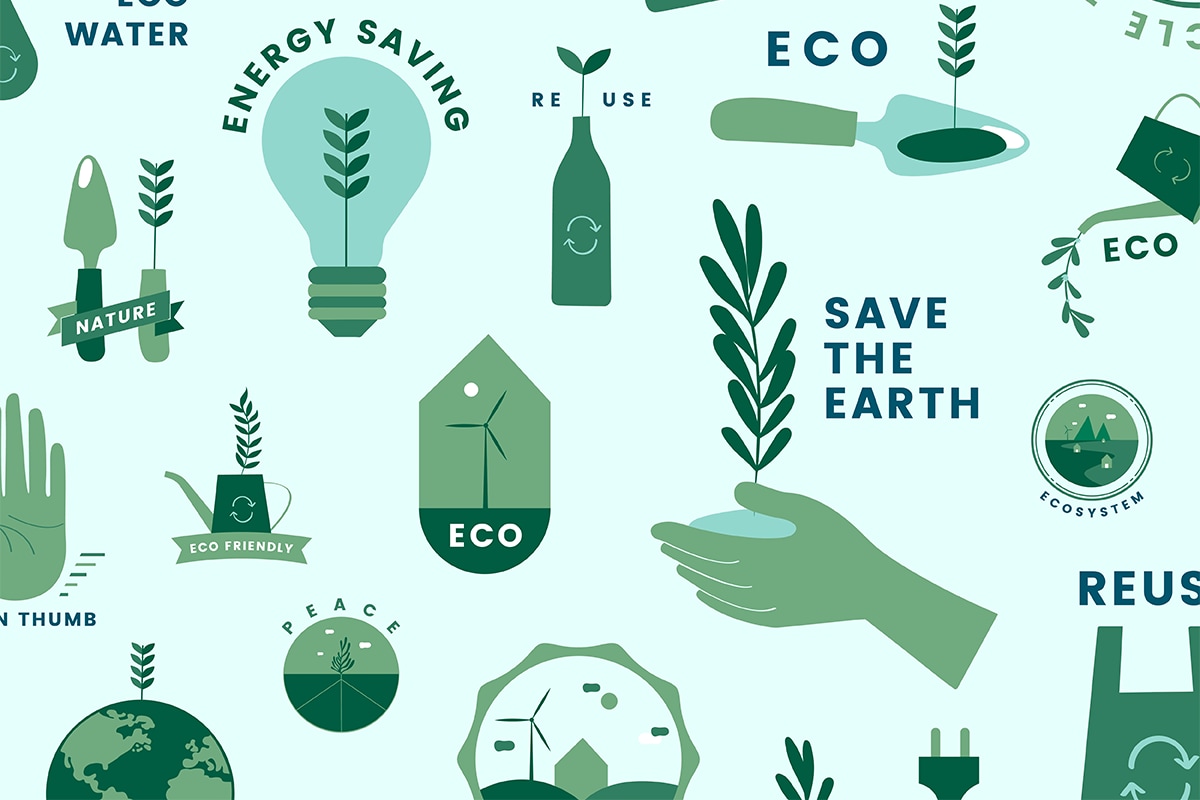
Making sense of carbon jargon
1.5 deg C
One of the goals of the Paris Agreement, an international climate treaty, is to limit global warming to 1.5 deg C above pre-industrial levels.
GHGs
Greenhouse gases (GHGs) absorb and trap heat in the atmosphere, causing a warming effect.
Carbon dioxide from the burning of fossil fuels accounts for three-quarters of GHG emissions, says the UN Environment Programme.
Carbon neutral
Carbon neutrality is achieved when the same amount of carbon dioxide generated is removed from the atmosphere, typically through carbon offsets or carbon removal.
Becoming carbon neutral is often seen as the first step in the journey towards net zero.
Net zero
Net zero refers to the state where the amount of man-made greenhouse gas produced is equal to the amount removed from the atmosphere.
Carbon negative
Carbon negative refers to solutions that remove more carbon dioxide from the atmosphere than they produce.
Source: The Straits Times © SPH Media Limited. Permission required for reproduction.
